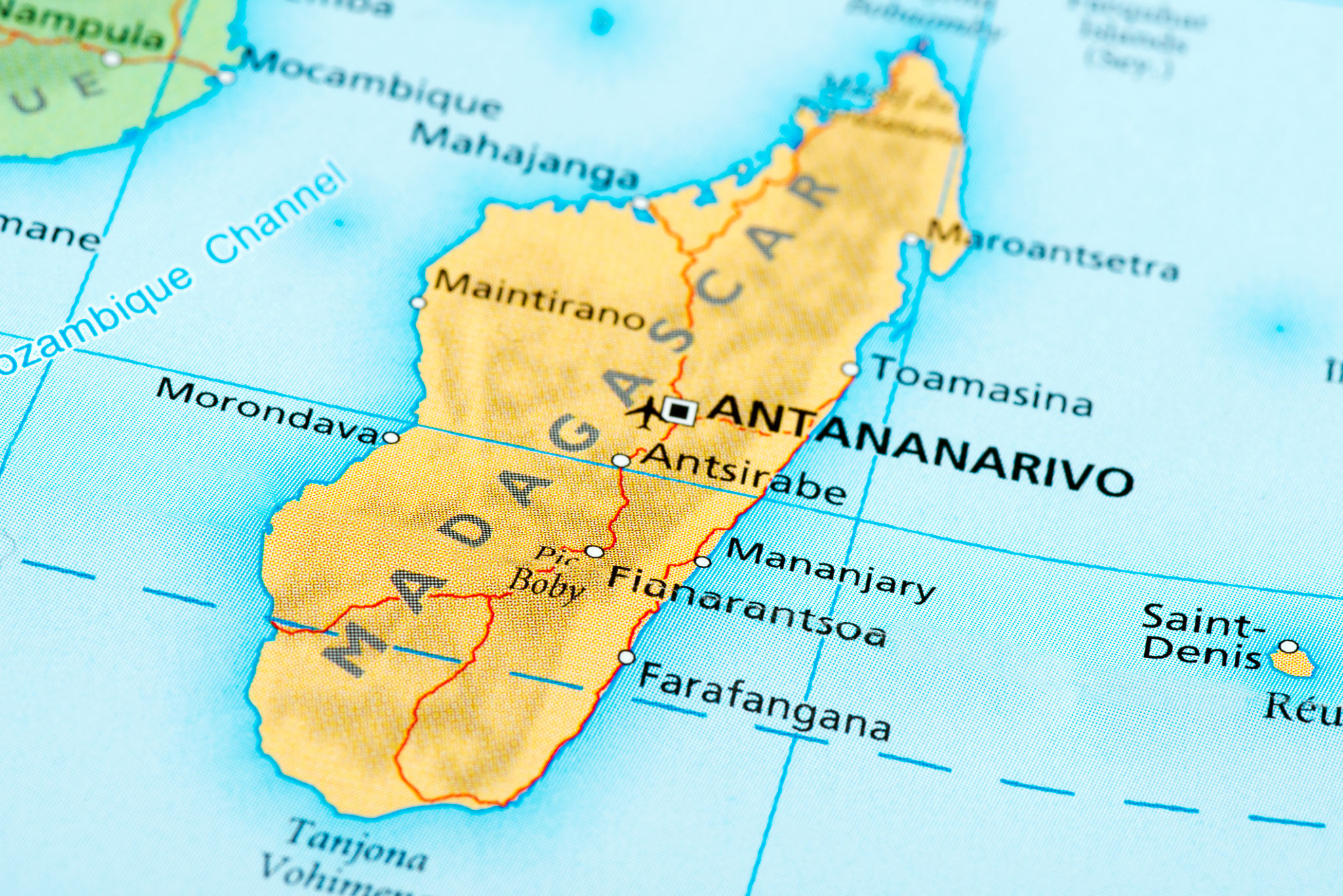Expert Tips for First-Time Visitors to Madagascar
Planning Your Trip
Madagascar, the world's fourth-largest island, is a unique destination brimming with biodiversity and cultural richness. As a first-time visitor, careful planning can enhance your experience. Start by determining the best time to visit; April to November is usually ideal due to the dry season. Ensure you have a valid passport and necessary visas, and consider travel insurance for peace of mind.
It's essential to plan your itinerary based on your interests. Madagascar offers a range of activities from wildlife safaris to beach relaxation and cultural explorations. Identify the regions you wish to explore, whether it's the lush rainforests of the east or the arid landscapes of the south.

Getting Around Madagascar
Transportation in Madagascar can be challenging due to its underdeveloped infrastructure. Domestic flights are available but can be infrequent and subject to delays. Alternatively, consider hiring a private car with a driver for more flexibility and comfort. For budget travelers, bush taxis are an option, but be prepared for longer travel times and crowded conditions.
When traveling within cities, tuk-tuks and local buses are common modes of transport. While these options are affordable, they can be unpredictable and lack comfort. It’s advisable to plan your trips in advance and allow extra time for unexpected delays.

Embracing the Unique Wildlife
Madagascar is renowned for its exceptional wildlife, with species found nowhere else on Earth. A trip to one of the national parks is a must for nature enthusiasts. Consider visiting Andasibe-Mantadia National Park to see lemurs in their natural habitat. Hiring a local guide can enrich your experience with valuable insights into the flora and fauna.
Respecting wildlife is crucial during your visits. Maintain a safe distance from animals, refrain from feeding them, and follow park guidelines to minimize your impact on their habitat. Photography enthusiasts should bring a good camera with a zoom lens to capture these incredible creatures without disturbing them.

Cultural Etiquette and Interaction
Madagascar boasts a rich cultural tapestry influenced by African, Asian, and European elements. Engaging with local communities can be incredibly rewarding, but it's essential to approach with respect and understanding. Learn a few basic Malagasy phrases; locals appreciate attempts to communicate in their language.
When visiting villages or cultural sites, dress modestly and always ask permission before taking photographs of people or sacred places. Participating in local customs or festivals, when appropriate, can provide deeper cultural insights and memorable experiences.

Culinary Delights to Try
Madagascar's cuisine is as diverse as its culture, with unique flavors influenced by various culinary traditions. Be sure to try "romazava," a traditional stew made with meat and leafy greens, or "ravitoto," a dish of cassava leaves and meat. Street food offers an array of local snacks like "mofo gasy," a sweet rice cake, perfect for breakfast or a quick snack.
While exploring local markets and eateries, exercise caution regarding food hygiene. Opt for bottled water and ensure food is freshly cooked to avoid any health issues during your stay.

Preserving Madagascar's Natural Beauty
As a visitor, you play a crucial role in preserving Madagascar's fragile ecosystems. Practice sustainable tourism by minimizing waste, conserving water, and avoiding single-use plastics. Support conservation efforts by choosing eco-friendly accommodations and participating in community-based tourism initiatives.
Your choices can contribute to the protection of this island's unique environment and ensure future generations have the opportunity to experience its wonders. Remember that every little action counts in safeguarding Madagascar's natural beauty.
